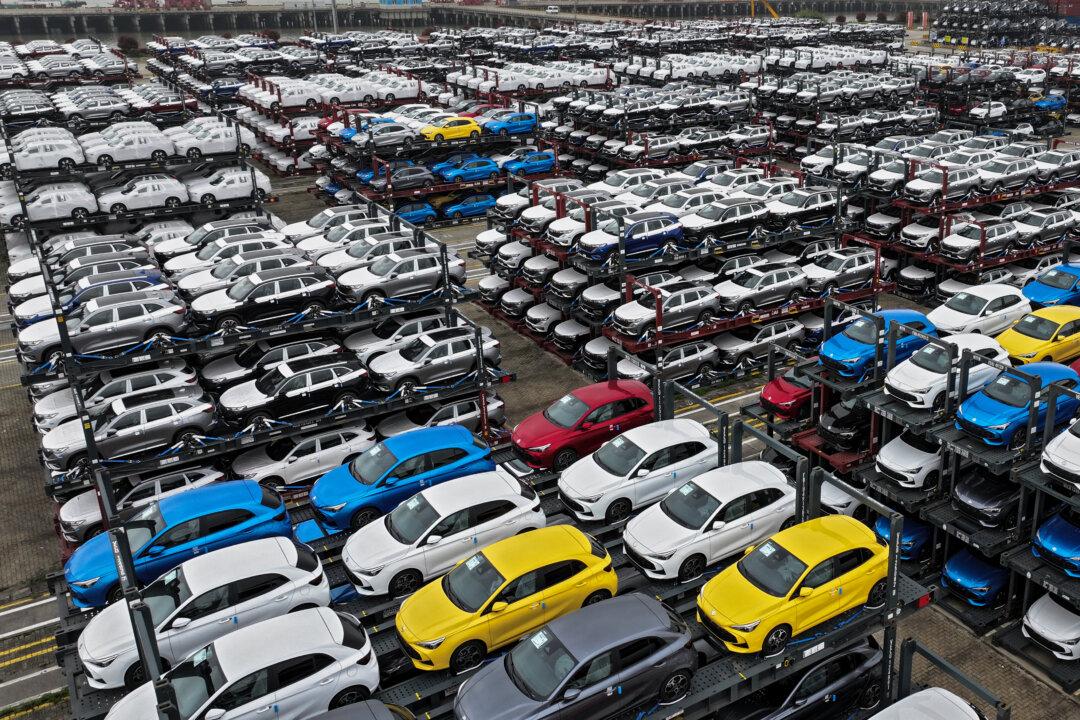Commentary
Communist China is infamous for leading an “axis of evil” composed of itself, Russia, Iran, North Korea, and, arguably, Venezuela and Burma (Myanmar). This axis is terrorizing its own citizens and those of neighboring countries.

Communist China is infamous for leading an “axis of evil” composed of itself, Russia, Iran, North Korea, and, arguably, Venezuela and Burma (Myanmar). This axis is terrorizing its own citizens and those of neighboring countries.